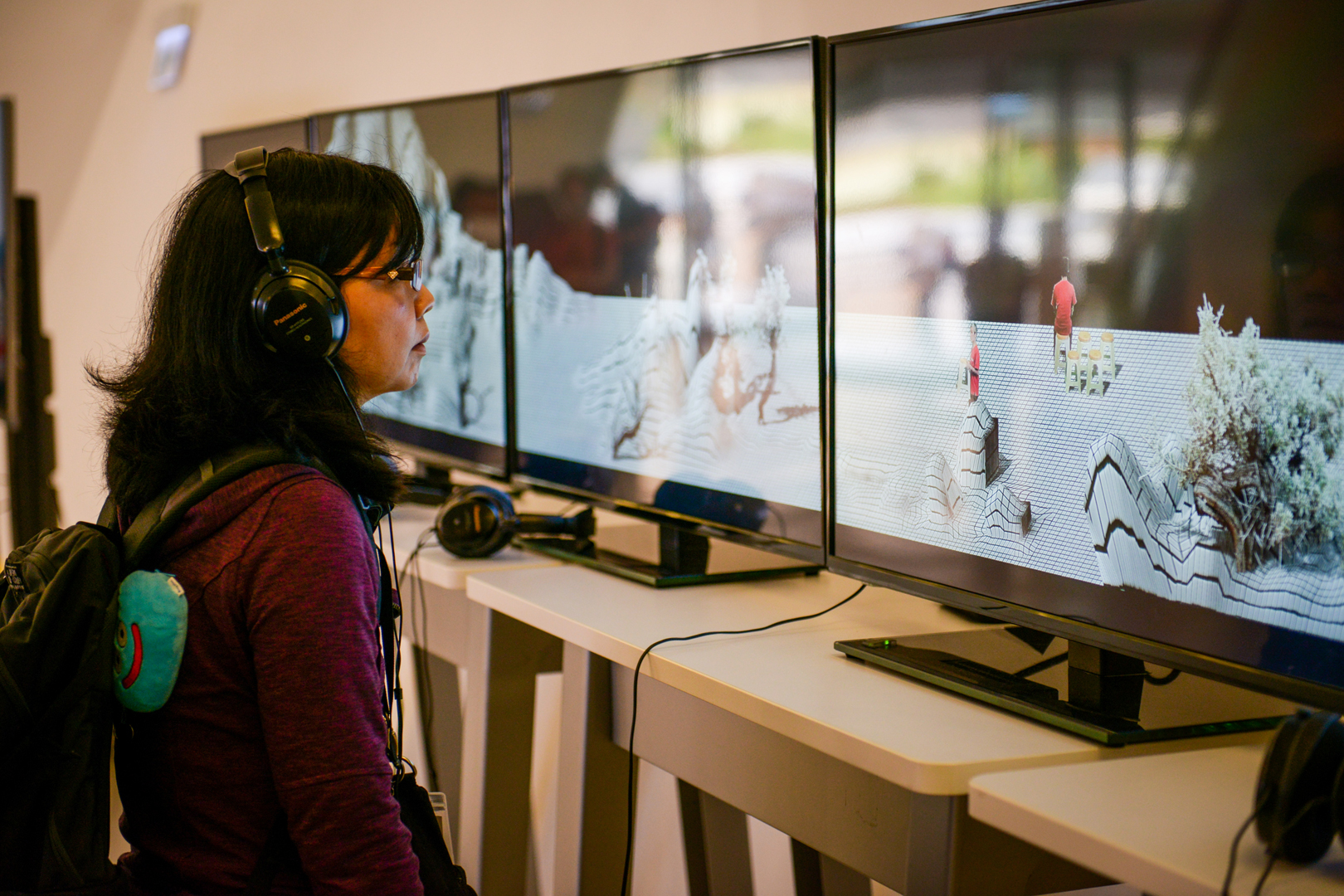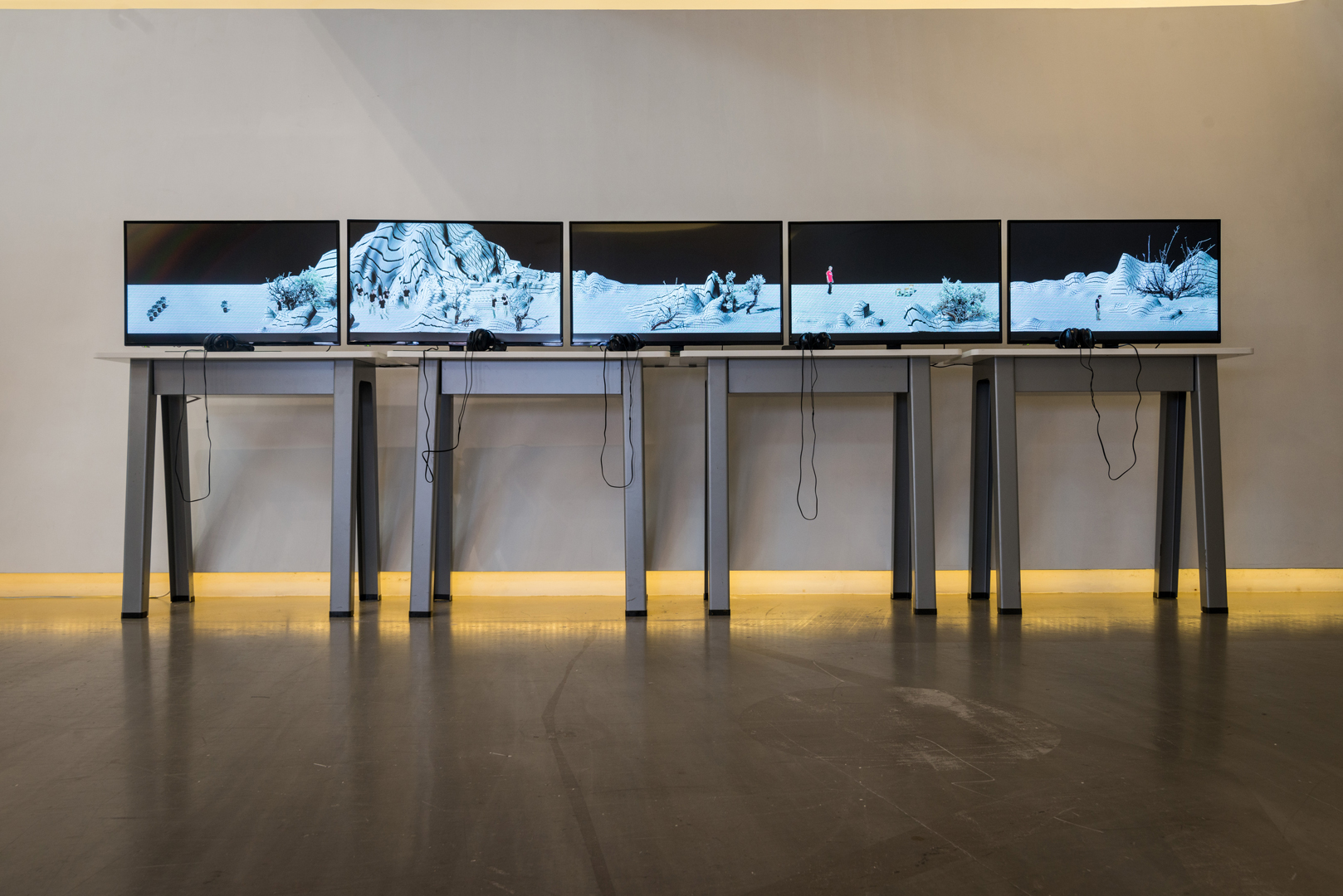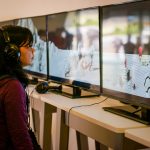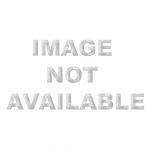“Extensions of a No-Place” by Peter Nelson
Title:
- Extensions of a No-Place
Artist(s) and People Involved:
Exhibiting Artist(s):
Symposium:
- ISEA2016: 22nd International Symposium on Electronic Art
-
More artworks from ISEA2016:


Venue(s):
Creation Year:
- 2013
Medium:
- Five-channel video installation
Duration:
- Infinite loop
Artist Statement:
Extensions of a No-Place (文徵明) is a fivechannel animation made in response to the Ming dynasty scroll painting ‘Imitating Zhao Bosu’s Latter Ode on the Red Cliff’ as well as the digital animation that is currently presented alongside it at the National Palace Museum (Taipei). I made this work whilst living in Taipei and able to study the painting for an extended period. My animation combines 3D modeling, green screen video and photomontage to recreate Wen Zhengming’s 16th century painting of the Yangtze River. It speculates on the layers of poetry, calligraphy and alcoholic reverie that characterise this particular landscape. My use of digital media drastically alters the visual qualities of the painting in order to highlight the changes that occur when an analogue artwork is translated into a digital medium. I also use this as a metaphor for the shifts that occur when studying a painting from outside its historical and cultural context.
Wen Zhengming’s scroll painting ‘Imitating Zhao Bosu’s Latter Ode on the Red Cliff’ refers to the second of two poems written by Song dynasty poet Su Shi (Dongpo). The landscape painting by Wen Zhengming visually illustrates Su Shi’s journey down the Yangtze River, and is punctuated with a similar deployment of cultural metaphors. Wen Zhengming was responding to Song Dynasty painter Zhao Bosu’s painting of the same poem, which introduced the blue and green style of painting to this poem as a symbol for the aesthetics and philosophies of the Tang dynasty. In the transparent brushwork of Wen Zhengming, scholars also trace a reference to Yuan dynasty painter Zhou Mengfu, who was also credited with using archaic painting styles as a means to comment on contemporary culture and politics. From this a cursory description, it is clear that the landscape images within this scroll enact a sort of cultural re-inscription, where the poetry and the paintings are engaged in a process of recreation and reconstruction to form an extended artistic conversation.
My recreation of this same landscape, using 3D modeling and photomontage sought to continue the conversation of re-creation. The underlying perspective for my study of Wen Zhengming’s painting was that landscape images are artificially constructed environments that comprise layers of accumulated symbols, and that to create a landscape is to enact a process of substitution and reconfiguration of those symbols. The five screens of this animation represent one half of the Wen Zhengming scroll, and were modeled by superimposing a digital image of the painting on top of my mesh, as well as by copying the scroll by eye (as painters work from other paintings). The surface of the mesh was covered with a photographic texture of the white ceramic tiles that are characteristic of many East Asian urban environments, such as Taipei and Hong Kong. The white gridded surface also recalls the post-war utopian architects such as Superstudio, and my use of this texture sought to connect the poetic landscape of the scroll to the intellectually conjured landscape of the utopian tradition.
My animated landscape makes a conscious aesthetic shift from Wen Zhengming’s scroll painting and seeks to articulate the levels of mistranslation involved in studying such a historical work. Philosopher and Sinologist Francois Jullien describes the material dependence between the analogue qualities of ink and the spatial indeterminacy of Chinese landscape painting. Jullien translates texts from theorists such as Wang Wei (8th century) and Guo Xi (11th century) to explain the importance of the transparency of ink and the incompleteness of painted forms in revealing the psychological potential of the Chinese landscape. Wang Wei describes forms “as if they were – as if they were not” and Guo Xi writes “if you wish to make the mountain look tall, do not show it in its entirety” to suggest that, according to Jullien, the ability of ink to seamlessly shift between representation and non-representation (or presence and absence), materially realises the philosophy of Chinese landscape painting. The dependence of Chinese literati theory on the phenomenological qualities of ink and brush suggests that the translation of ink and brush works into digital media must have some effect on the meaning system of the image.
Since 2011, the National Palace Museum has commissioned a number of digital animations that merge high definition scans of scroll paintings with high quality digitally animated content, which are often displayed alongside the original works in order to the communicate their historical and cultural content. Jullien’s argument would suggest that converting the scroll painting into a digital animation must alter the relationship between its material properties as a visual object and it’s cultural logic. The fluid relationship between foreground and background must become concrete according to the logic of binary code. Having both a mandate to preserve and to educate, the museum successfully employs contemporary technology to present historical works to the public, however by translating a landscape from ink painting to digital animation, it is interesting to now question how the landscape has changed in it’s spatial and philosophical structure. In 3D modeling the terrain of the Wen Zhengming painting, my gridded surfaces draw attention to the Cartesian environment of 3D animation. The spatial inaccuracy of my recreation highlights the process of translation that we enact when transferring such works between analogue and digital mediums. Having only studied the English translations of Su Dong Po’s poetry, my comprehension of the symbolic relationship between Wen Zhengming’s painting and its poetic references are similarly distorted. My recreation of Wen Zhengming’s scroll was inspired by my appreciation of the cultural conversation it embodies, and was structurally determined by the media and mediations that characterised my interaction with it.
The performative aspect of this work responds to a more general question associated with landscape painting, something along the lines of “What is a Landscape For?” Wen Zhengming’s landscape reperformed Su Shi’s expressions by painting images of the poet enacting the experiences described in the poem. After creating my own landscape of cultural resampling, my question also became how to inhabit (or ‘animate’) this environment? At the time of making the work, I had set up a makeshift green screen in my apartment, and after hours of modeling and compositing, I would perform actions in the green screen that came to comprise the character of The Lost Man, who inhabits this landscape. I performed various forms of exploration, from spatial wandering, to planting a small garden, and to meeting a second character 啊看(played by Taiwanese artist Nick Kan). The musical performance of The Lost Man was the final act that completed this extended metaphor of cultural karaoke.








